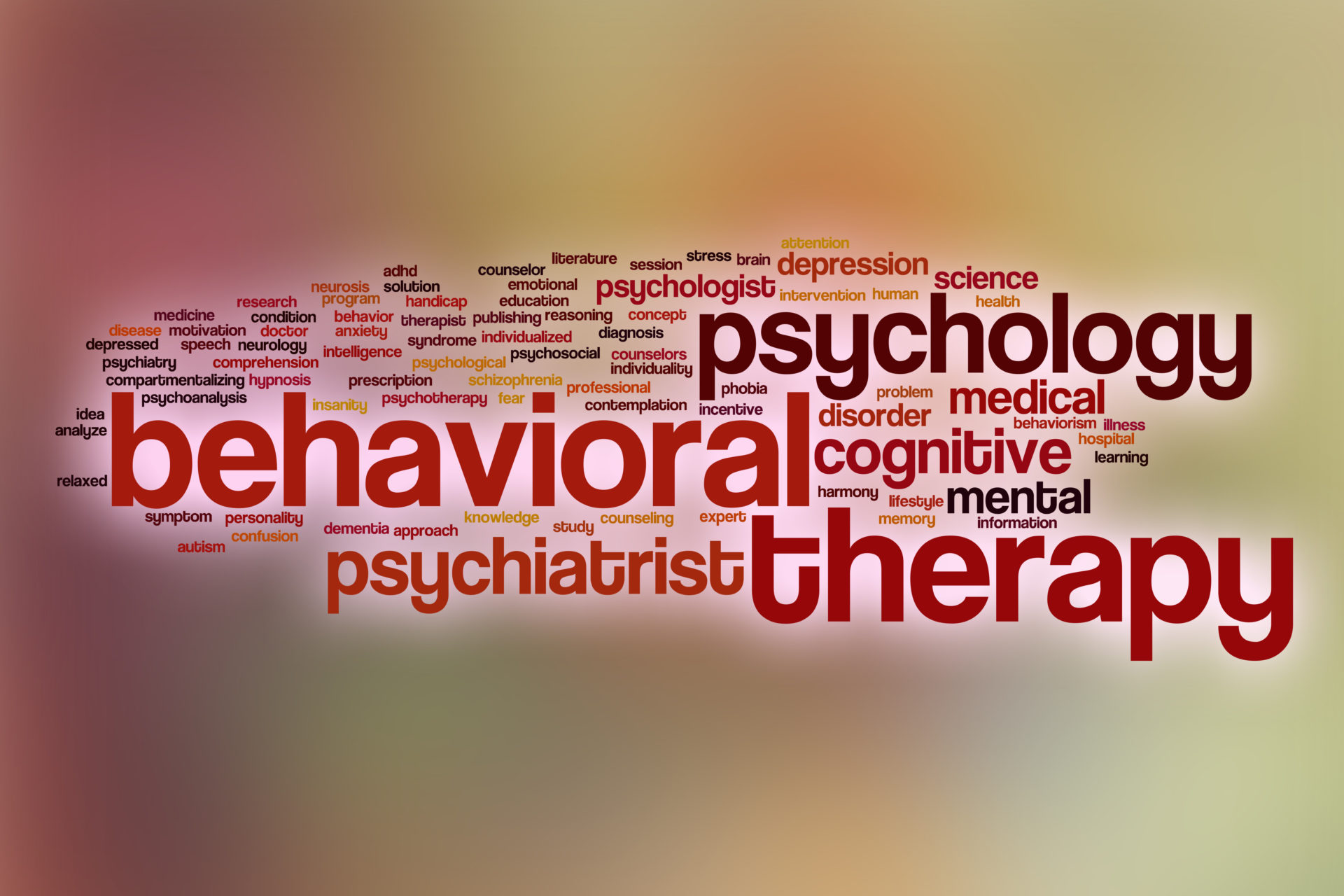
January 12, 2022
With the rise in mental health and substance use (behavioral health) conditions necessitating immediate access to specialized care, many communities are embarking on efforts to provide access to behavioral health crisis care outside of a traditional hospital emergency department and in coordination with law enforcement and other emergency response services. However, there are several challenges when building a crisis care system, including funding and sustainability, access to qualified providers, collaboration and care coordination, and implementation of standardized care.
Despite these challenges, many communities across the U.S. are paving the way toward better access to the right care for those experiencing a behavioral health crisis. Here are some considerations to address the common challenges of such a project:
- Funding and Sustainability. As more crisis care services emerge across the nation, public funding and grants are more readily available to support capital and operational costs. There may be grant opportunities from local community foundations and private funders, state grants through behavioral health agencies, and federal grants through the Substance Abuse and Mental Health Services Administration (SAMHSA). Additionally, an increasing number of third-party payers are developing pay structures with crisis care providers to promote and utilize alternatives to high-cost emergency and inpatient levels of care.
- Access to Qualified Providers. As the need for behavioral health crisis care increases, so does the demand for qualified behavioral health care professionals. Many areas across the nation are experiencing shortages in healthcare providers overall, and particularly in the behavioral health field. Optimizing telehealth options for a more regional coverage of care may help meet this need. Partnerships between large, urban healthcare facilities and rural agencies are becoming more popular, and a good option to help extend limited provider pools. Another consideration is to train and certify Peer Recovery Specialists (PRC) and Peer Recovery Coaches (PRC) to extend the scope of the available healthcare team.
- Collaboration and Care Coordination. A crisis care system operates most effectively and efficiently when community healthcare providers (including local hospitals and first responders) actively collaborate with the crisis care system. With an emphasis on providing a continuum of behavioral healthcare across the lifespan, crisis care systems, and community providers work together to provide informed care to best triage and treat a range of behavioral healthcare needs. Forging these collaborative relationships in the development of a crisis care system promotes engagement and commitment to serve each individual accessing services best and most appropriately.
- Implementation of Standardized Care. Standardized crisis care is necessary to promote the best outcomes for the behavioral health population. In 2020, SAMHSA produced a toolkit, titled National Guidelines for Behavioral Health Crisis Care, to provide a national best practice for the delivery of behavioral health crisis care. There also are national efforts to streamline crisis care access. One example is through the use of a new three-digit behavioral health emergency crisis line, 988, which is set to take effect in the spring of 2022. Many state behavioral health departments have also formed committees and workgroups around standardizing crisis care. Researching what work has been developed can be helpful in establishing agency operating procedures.
Renaye James can assist your organization with the assessment and implementation of Behavioral Health programs, crisis centers, and integrated Behavioral Health services!
Connect with us and find out how!
